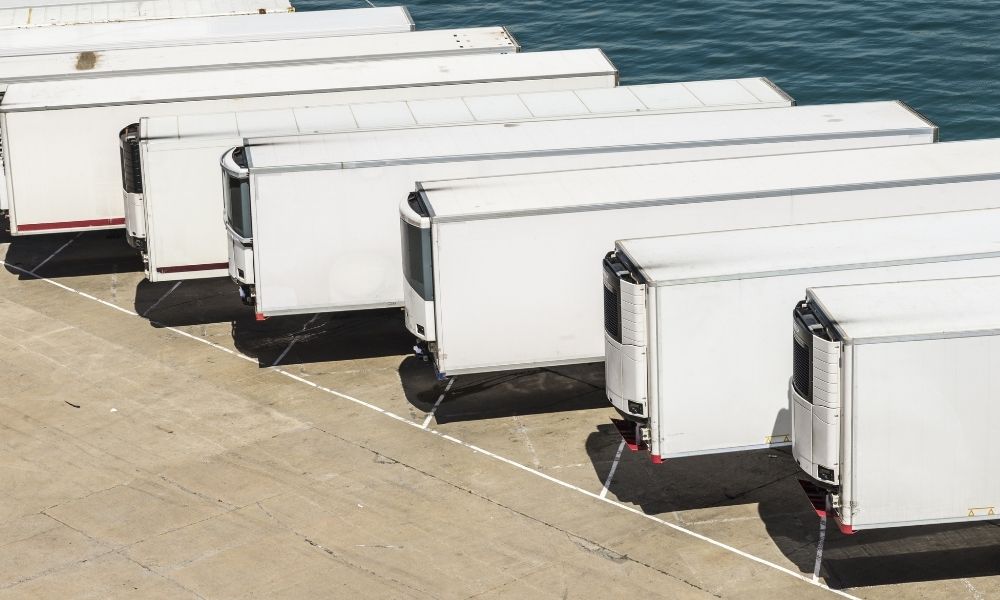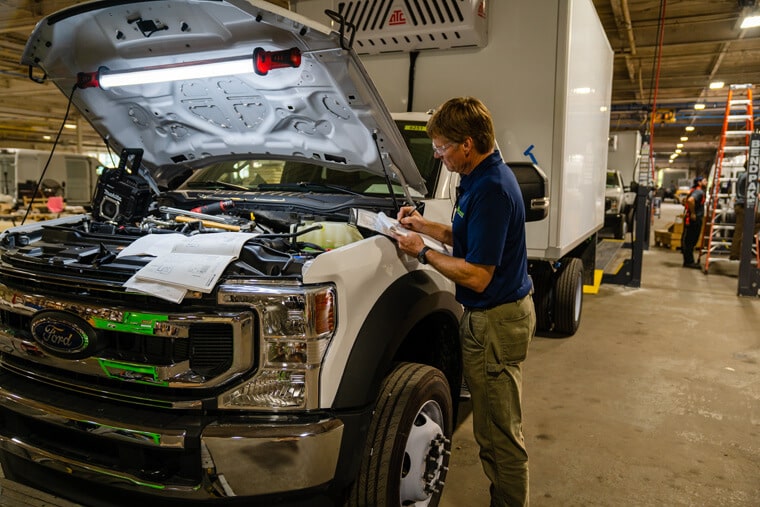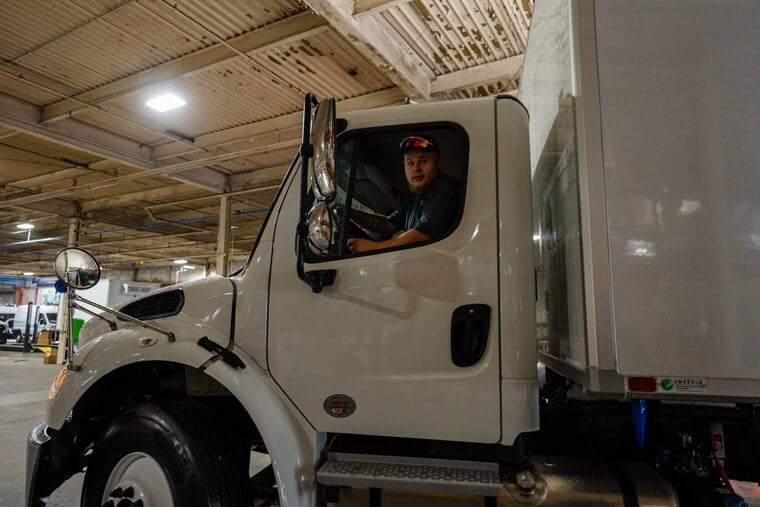
Understanding What Hybrid Cooling Means
Joe Dickman | October 19th, 2020
As the owners of fleets for refrigerated vehicles will tell you, there is a lot of variety in the available cooling options. Knowing what the differences are between the different methods of cooling can help you find the perfect system to meet your company’s needs. Here is a guide to understanding what hybrid cooling means for you and your entire delivery fleet.
What Does It Mean?
Unlike in a car where the term “hybrid” refers to the engine of the automobile, in this sense, it is referring to the cooling system for the vehicle. Simply put, a hybrid cooling system is one that uses a combination of dry and evaporative cooling techniques to keep the cargo area refrigerated. While a traditional cooling system uses water, the other incorporated methods help reduce the amount of water necessary.
How They Work
There are several cooling methods that one can combine to create a hybrid system. By using water that is available from the air, this prevents the system from needing to have a separate supply of water available. Depending upon the system, it can also make use of heat transfer techniques to help keep cold air in and hot air out.
Benefits of the System
The biggest benefit to a hybrid system is the water savings. An older system would use water to circulate to create the cooling but, while effective, this causes the need to keep the supply in the system. This adds excess weight, making the vehicle harder to control and less fuel-efficient. A hybrid system is also functional across a range of weather conditions, where older systems experience problems in extreme conditions.
When you are in the market for a small refrigerated van, contact the experts at Emerald Transportation Solutions. We are the source for additional help understanding what hybrid cooling means or for any other of your fleet vehicle needs.
Related Articles
Contact Us
Feel Free To Contact Us If You Have Any Questions
What does under DOT mean?
Questions regarding DOT requirements come up often. 10,000 lbs GVW (gross vehicle weight) and over are commercial vehicles that fall under the Department of Transportation regulatory requirements.
What is the difference between GVW and payload?
GVW or Gross Vehicle Weight is the entire weight of the vehicle including the payload. The payload weight represents the amount of cargo you are hauling.
What is a self-powered unit and a vehicle-powered unit?
A self-powered unit has its own fuel source and will run independent of the truck. This is the heaviest and most expensive option. While vehicle-powered units run off the engine via a compressor mounted on the engine. These are less expensive and lighter in weight but you must run the truck or plug the electric standby into shore power.
What does K-factor mean and why is that important?
K-factor is a term that stands for the overall insulating value of the container (truck body). Quite simply the lower the K-factor the better the truck body will be able to maintain a given temperature and require less energy to do so.
How much lighter is a Poly Van vs a US spec body?
Poly Van bodies are very light. On average we estimate we are 75-150 lbs per foot lighter than a traditional sheet and post foamed in place body. These weight savings translates to less fuel burn and less CO2 emissions, along with added payload, the most important benefit.






